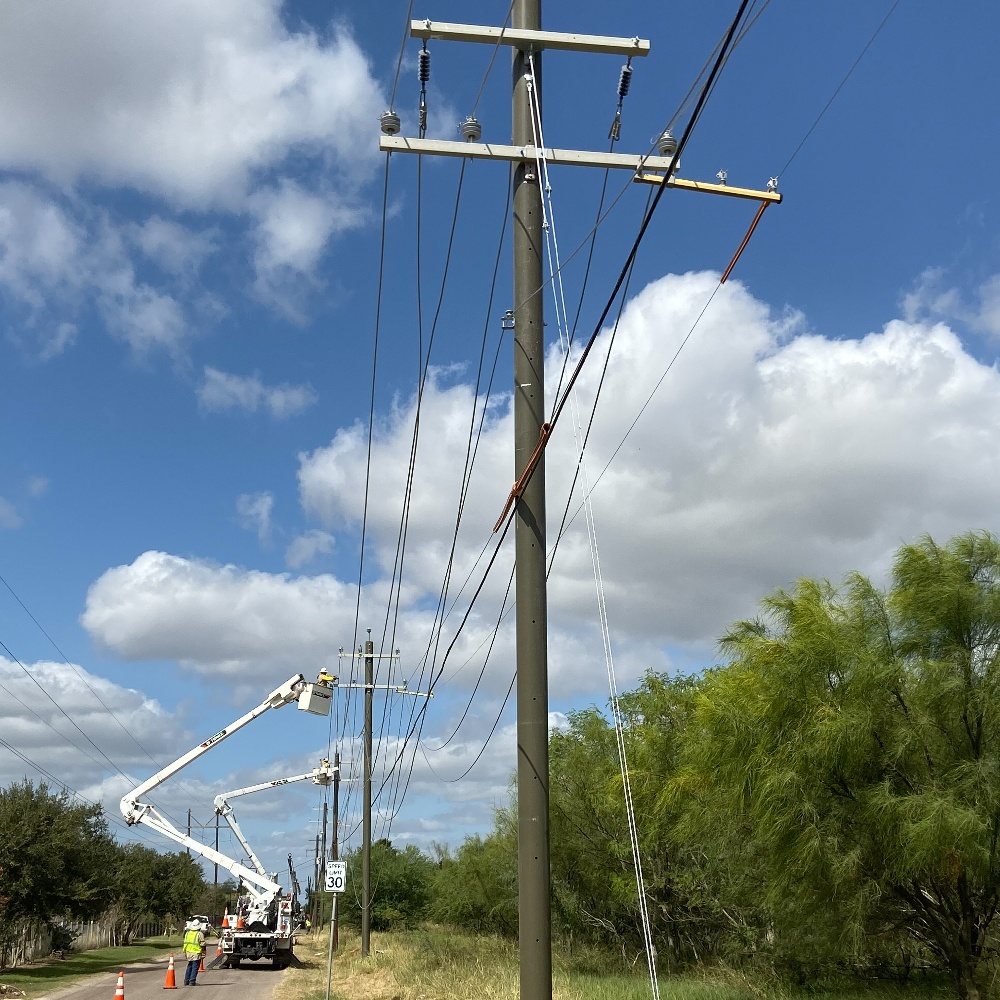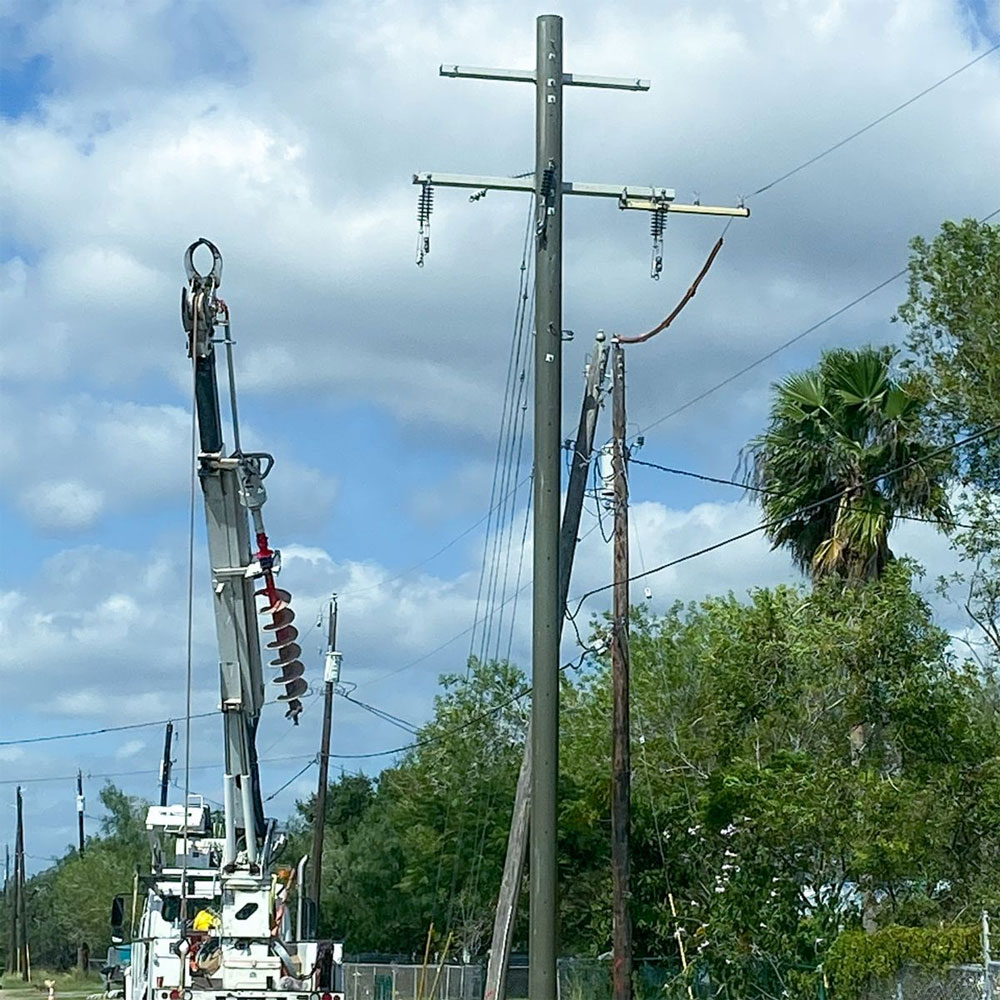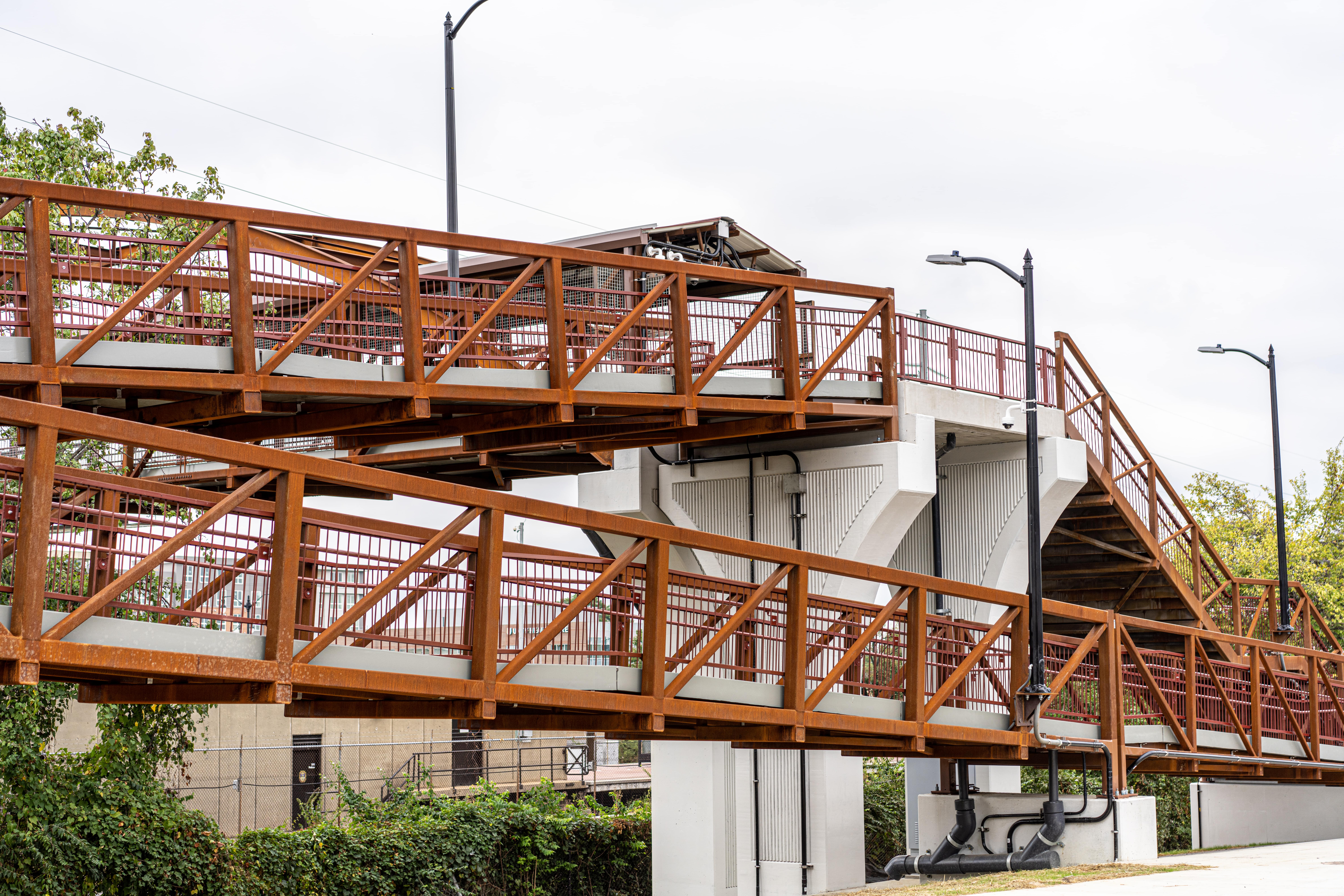
The United States has experienced a number of large storms within the last ten years, ranging from ice and snow to hurricanes, storm surges, and strong winds. After each storm, there has been an increased focus on the response. More specifically, the response of utility companies to widespread customer outages and the infrastructure’s ability to withstand devastating weather events.
Storm hardening is the process whereby construction is used to create new infrastructure or retrofit existing infrastructure so that it is more capable of withstanding extreme weather events in the future. It involves physically changing the infrastructure to make it less susceptible to damage such as extreme wind, flooding, ice, snow, or flying debris. The process of storm hardening includes measures for adopting new technology and installing new equipment.

For the utility infrastructure like the electric grid, storm hardening usually requires in-depth planning and significant investments by energy companies. Sometimes the sheer magnitude of assets involved (replacement of distribution poles made of wood, concrete, and steel) requires years of effort to fully upgrade. With the increasing frequency of extreme weather, many utility companies are taking a proactive approach to preventing potential damage caused by intense storms.
Our utility customers tend to choose fiberglass poles over wood, steel, or concrete for applications where lightweight, limited access, and corrosion resistance are very important. One major benefit of utilizing fiberglass composite distribution and transmission poles is their inherent corrosion resistance. Fiberglass poles will not rot, rust, or spall when faced with extreme weather conditions. Additionally, fiberglass poles can play a vital part in storm hardening strategies due to their resilience when facing high-speed winds.
As a way to mitigate risks for impending natural disasters, companies are looking to use alternative materials as part of their solution. When it comes to making a long-term and strategic investment, utility companies are seeing fiberglass as a reliable choice for replacing their aging infrastructure, protecting their assets, and keeping the power on.
